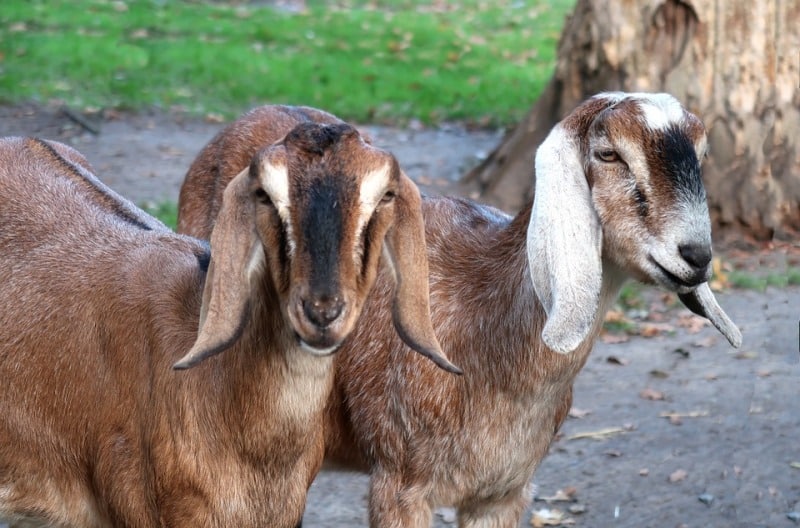
Goat farming in India is a profitable business with minimum investment. Goat farming in India can be done on a small to large industrial scale. What is Goat farming? Goat farming is the raising and breeding of all domestic goats (Capra aegagrus hircus). This farming is a branch of animal husbandry. Goats are raised or formed mainly for their meat, milk, fiber, and skin. Goats are developed by feeding kitchen leftovers and herbs in the front yard. They were grown for getting household consumption of milk and for making ayurvedic medicine from goat milk. There are many types of goat varieties. Some are good for milk remaining goats for meat and also there are breeds exclusively for the hide. Goat farming is the most profitable and it attracts many farmers to these ventures.
Goat farming can be suited to production with other livestock such as sheep and cattle on low-quality grazing land. Goats efficiently convert sub-quality grazing matter that is less desirable for other livestock into quality meat. Furthermore, goats can be farmed with a moderately small area of pasture and limited resources.

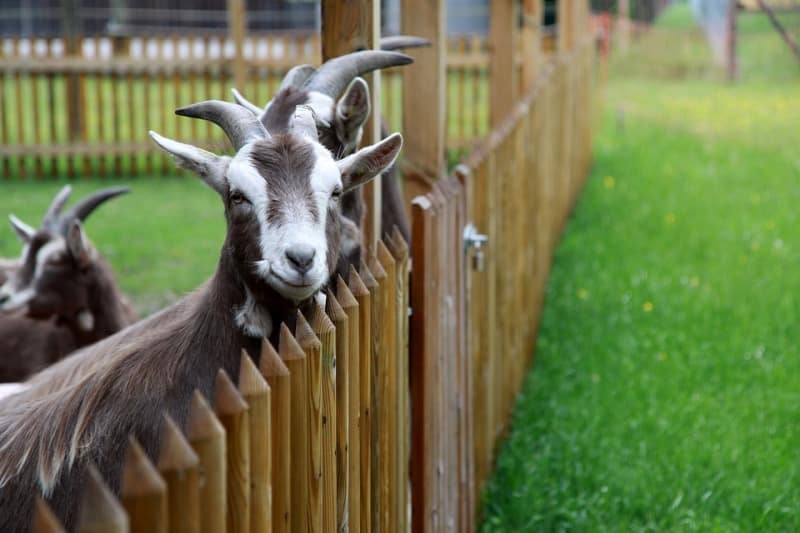
Depending on your motive for goat farming you must select the right goat breeds for your farm. Typically, people are raising goats for the following mentioned reasons. For the purpose of starting farming based on Goat or Sheep first and foremost important things are to selection procedure and methods in different stages.
Depending on your purpose, there are breeds that produce more milk while there are those that grow quickly. You can farm both types of goat breeds and you will be harvesting both meat and milk. Different breeds require different levels of care.
Why do you like to raise goats? Raise goats because of the following reasons;
Go to the nearest government livestock association to get some information about profitable goat breeds.
It’s really quite important, particularly for beginners who want to start initially and farmers should select bulky-type goats.
The following are the best goat breeds for milk and meat available in India;
Jamnapari: Jamnapari is the main popular breed for commercial goat farming in India. It is mainly found in Uttar Pradesh. These types of goats are beautiful and have healthy genes. This goat is reared mainly for the purpose of milk.
Surti: Surti Goat breed is one of the best breeds in India for dairy. This breed is small and is native to Surat in Gujarat. They are mainly economical to the rear. Surti female goats are bigger than Surti male goats. These goats are generally white in color. They are simply manageable and graze in the open area.
Boer Goat: This Boer goat breed was developed in South Africa and it is the most popular breed in the world for meat. Due to selective breeding, they have superb growth.
Barbari: The Barbari breed is a dual-purpose breed, reared for dairy and meat purposes.
Malabari: Malabari goats are a mix of various types of breeds. Malabari breed goats show early maturity and conceive in 8 to 10 months.
Sirohi: They are highly resistant to heat and are mostly found in parts of Rajasthan. Sirohi breed is raised in Uttar Pradesh for meat production. Usually, doe gives birth twice a year, generally 40%singles and 60% twins.
Beetal: It is also called Lahori Goat. Beetal has a large body size and long ears. These goats are chosen for intensive goat farming.
Osmanabadi: This breed is mostly found in Maharashtra and also found in Western Maharashtra and adjoining parts of Andhra Pradesh. This goat is reared mainly for the purpose of milk.
Jakhrana: This type of goat breed is found mainly in Rajasthan. This is good for both milk and meat purpose. Jakhrana goat hides are very popular in the tanning industry also.
Common goats normally survive in warm areas that are well drained. Apart from temperature, space is essential. Most goats live in groups, so individual pens are not effective. A large field is needed if you want animals to roam freely. Freely roaming goats generally have better resistance to sickness and infection. The best locations for a goat farm are those that are far from towns since urban pollution is dangerous to animal health. Goats are known to eat a lot of grass on a daily source. So make sure their food source is highly available and not too far from the rearing area.
Also, you should check the permission or license-related issue of the local government before you set up your goat farm. Select suitable farmland or area for goat farming that has the following facilities;
With well-designed housing or shed and good management, you are sure to reap all the profit you want from goat farming.
Suitable goat housing or shelter is important for the goat farming business. Because goats also want a house or shed like other animals for staying at night, security, preventing them from adverse climate, cold, sunlight, and, etc.
Shedding materials:
Your goats will desire a peaceful area to go to when a birth is approaching. Covering a shed with straw, hay, wood chips, or sawdust is necessary for depositing the goat farm clean and mucking out.
Besides, a regular mucking out of all dirty areas is efficient for preventing the maximum of the diseases. The popular shade types are- General flock shed type (Ewe / Doe shed), Attendant’s room, Ram or buck shed, Lamb or kid shed, Shearing and storeroom, Lambing shed or kidding shed, Sick animal shed.
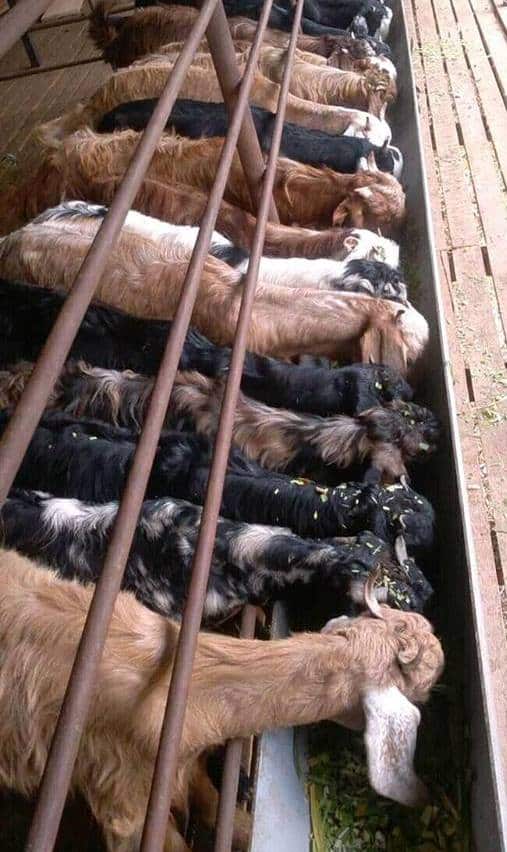
Goats are meticulous eaters and can tolerate more quantity of bitterness than other animals. Therefore, they can thrive on agricultural by-products, waste, and other such feed. In addition, they are stronger and thus can withstand all types of weather conditions. Goat tongues are adapted for grazing and their upper lip is mobile. Therefore, they can graze on extremely short grasses, bushes, shrubs, and trees. The goats should be provided with leguminous fodder in addition to grains like pulses, wheat, maize, etc. They normally prefer fodder of leguminous crops to straw or maize silage. In addition, they need feed composed of at least 14 to 15% protein along with high mineral composition like iodized salt, bone meal, zinc oxide, ferrous carbonate, high-grade limestone, copper, and vitamins. The growers are given 100 gm per day of concentrate mixture through adult does and bucks are given concentrate ration of 200 to 250 grams per day. On average, each goat consumes 5 to 7 Kg of green fodder and a liter of water per day. Statistically speaking an acre of fodder is enough to feed 35 goats.
There are different types of food for goats known as an ideal food for goats are given below;
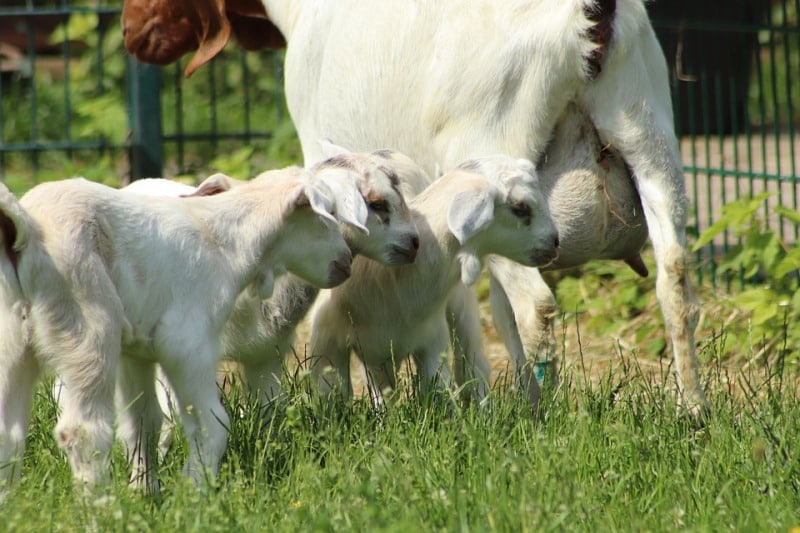
Every farmer must have the least amount of knowledge about the breeding maturity of goats. Seven months is suitable for breeding but the weight should be maintained from 100 to 105 pounds one year is an ideal time for breeding. During gestation pregnant does want 150 days (approx.) to give birth. Normally, two seasons are available for breeding that is April and August, and pick-time is from October to January.
Within these moments of being born, kids are up and walking around. They generally reduce the dependency on mother’s milk between 2 months. At the age of two to four months divide the kids from the mother into the teenage compartment. Out of the season can occur it’s quite different. However, sometimes hormones should use for increasing the breeding periods according to a doctor’s consultant.
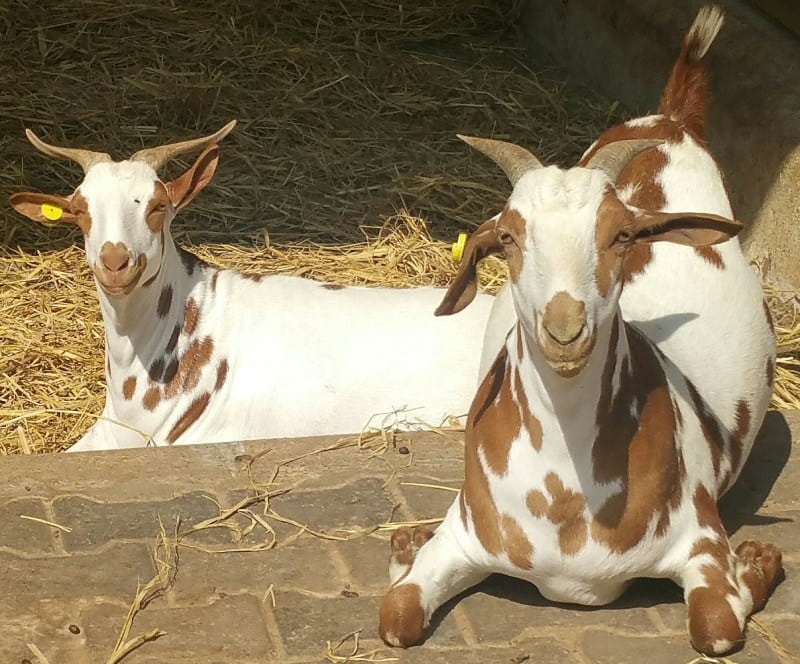
There are mainly two types of goats:
Domestic goats (Capra hircus) – grown as indoor farm animals; and,
Mountain goats (Oreamnos americanus), grow freely as steep, Places like American Northwest are appropriate for them.
Here are some tips to understand your goats;
Proper health care and vaccination should in this business. Make sure that a veterinarian doctor is obtainable near your farm. If possible stock some essential vaccines and medicines in your farm. And always vaccinate goats timely.
Here are some of the tips for caring for goats;
In a word, always try to take good care of goats and keep them healthy and productive. Thus goat farming business will be more profitable.
The goat farming business is similar to other commercial businesses. One should aware of paying capital gains of goat farming though goats come under the agriculture sector. If you are starting a commercial goat farming business in India, you must contact the local animal husbandry department for licensing and other procedures. Regarding taxes for goat farming profits, talk to your tax consultants.
Well, the good news is that there are some government schemes for availing subsidies for the goat business. NABARD is the main office to contact for different kinds of subsidies and loans for commercial goat farming. There are some popular banks like SBI, ICICI, and HDFC that are providing loans to set up the goat farm business in India.
That’s all friends about the profitable goat farming business setup in India. Keep raising goats!
If you live in Andhra Pradesh, Telangana, Karnataka, Sikkim, Arunachal Pradesh, Kerala, Himachal Pradesh, Tamil Nadu, Assam, Madhya Pradesh, Jharkhand, Telangana, Bihar, Maharashtra, Nagaland, Tripura, Chhattisgarh, Manipur, Odisha, Uttar Pradesh, Goa, Meghalaya, Punjab, Uttarakhand, Gujarat, Mizoram, Rajasthan, West Bengal in India and plan to raise goats for profit, the above content would be helpful in setting up a commercial goat farm.